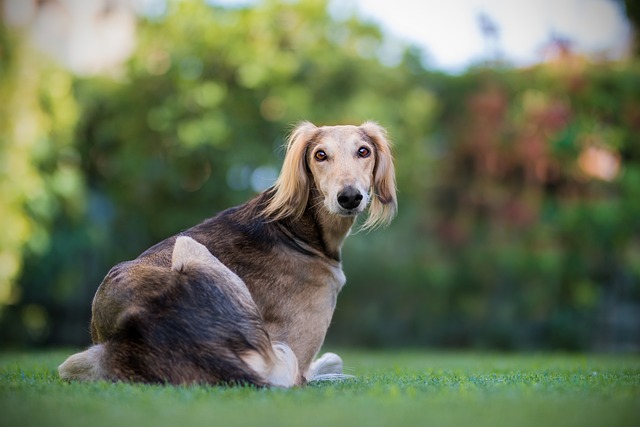
How do i train my dog to be obedient?
Watching your dog dart across the park ignoring your calls isn’t just frustrating—it can put them at risk near busy streets or public spaces.
Having a 2 - month - old Shih Tzu puppy is like having a fluffy little angel. They are so innocent and cute, always bringing endless joy to our lives. However, at this young age, they don't know how to defecate and urinate properly, which often troubles their owners. Potty training is crucial for puppies. It not only keeps the house clean but also helps them develop good living habits. For the adorable and delicate Shih Tzu breed, potty training requires more patience and love from the owner. So, how exactly do you train a 2 - month - old Shih Tzu puppy to potty in a designated area?
Two - month - old Shih Tzu puppies have unique physiological and behavioral characteristics. Physiologically, their bladder and bowel control abilities are very weak, and they can't hold their urine and feces for a long time. This means they need to relieve themselves more frequently, usually every 1 - 2 hours. Moreover, puppies sleep for long periods, and they often have the need to excrete after waking up, after eating, and after playing for a while. Behaviorally, puppies are highly curious and eager to explore their surroundings, but they haven't formed fixed behavior patterns yet. This is where the owner needs to guide them in a timely manner to help them establish proper potty - training habits.
Choosing the right training location is the first step to successful training. You can designate a relatively independent and easy - to - clean area at home as the puppy's potty spot, such as a corner of the balcony or a corner of the bathroom. If you use pee pads, fix them in this area to prevent the puppy from messing them up while playing. You can also choose to use a pet toilet, whose design is more in line with a dog's potty - training habits and is easier for them to accept. Whichever method you choose, once the location is determined, don't change it easily. This helps the puppy form a stable memory.
Understanding the puppy's potty signals is the key to training. Puppies usually show some obvious signs when they need to relieve themselves. For example, they may circle around in place, sniff the ground, or suddenly stop what they're doing and look around for a suitable place. When you notice these behaviors in the puppy, immediately and gently guide it to the designated potty area. If the puppy successfully defecates or urinates in the designated area, praise and reward it promptly. You can use a gentle tone to compliment it, like "You're so good," and give it a small treat as a reward, so that it understands that going potty in this place will be recognized and rewarded.
 A regular daily routine is very important for the puppy's potty training. Try to keep the puppy's daily eating, drinking, playing, and sleeping times relatively fixed. For example, feed the puppy at 7 am, 12 pm, and 6 pm every day. About 30 minutes after each meal, take the puppy to the designated potty area and wait for it to relieve itself. If the puppy doesn't go potty within 10 - 15 minutes, take it back first and try again after a while. This helps the puppy develop a regular biological clock and gradually get used to going potty at a fixed time and place.
A regular daily routine is very important for the puppy's potty training. Try to keep the puppy's daily eating, drinking, playing, and sleeping times relatively fixed. For example, feed the puppy at 7 am, 12 pm, and 6 pm every day. About 30 minutes after each meal, take the puppy to the designated potty area and wait for it to relieve itself. If the puppy doesn't go potty within 10 - 15 minutes, take it back first and try again after a while. This helps the puppy develop a regular biological clock and gradually get used to going potty at a fixed time and place.
When the puppy defecates or urinates in the wrong place, never scold or hit it. Scolding and hitting will only make the puppy feel scared and confused. It may not understand why it's being punished and may even develop a fear of the owner, which will affect the training effect. The correct approach is to stop it in a gentle but firm tone, like saying "No," when you find the puppy going potty in the wrong place. Then, immediately clean up the feces and urine, and use a cleaning agent to completely remove the smell to avoid the remaining smell attracting the puppy to go potty in this place again. After that, take the puppy to the correct potty area so that it gets familiar with this place.
Patience is of utmost importance during the training process. Puppies have limited learning abilities and can't learn to potty in a designated area all at once. They may make mistakes repeatedly, which is normal. The owner should always be patient and not lose confidence or get angry because of the puppy's mistakes. Every training session is a process of building trust and understanding with the puppy. As long as you stick to the correct methods, the puppy will eventually learn to go potty in the designated area.
In addition to the above methods, you can also use some aids to assist with the training. For example, spray some pet attractant in the designated potty area. The attractant contains a special smell that can draw the puppy to this place to relieve itself. You can also play some audio of running water sounds because dogs are sensitive to the sound of running water, and this sound may stimulate their urge to excrete.
Training a 2 - month - old Shih Tzu puppy to potty in a designated area requires a lot of time and effort from the owner, but it's all worth it. When you see the cute puppy learn to go potty in the right place and the house becomes clean and tidy, you'll feel extremely gratified. Every puppy is a little treasure in our lives, and their growth depends on our love and guidance. Let's accompany these lovely little lives through this important training stage with patience and love, and help them become well - behaved family companions. Through scientific training methods and continuous efforts, we believe that our Shih Tzu puppies will successfully learn to potty in a designated area, bringing more joy and warmth to our lives.

Watching your dog dart across the park ignoring your calls isn’t just frustrating—it can put them at risk near busy streets or public spaces.
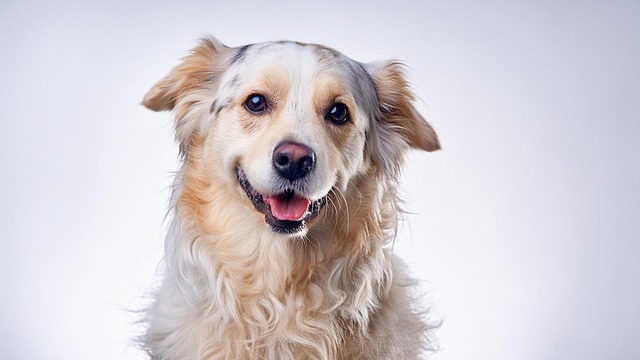
New puppy owners often find themselves rushing to clean up accidents before they set in, and that’s where puppy pad training becomes a game-changer.

If you've noticed your dog's waistline disappearing and your veterinarian has mentioned those few extra pounds, your first instinct might be to simply reduce the amount of food in their bowl.
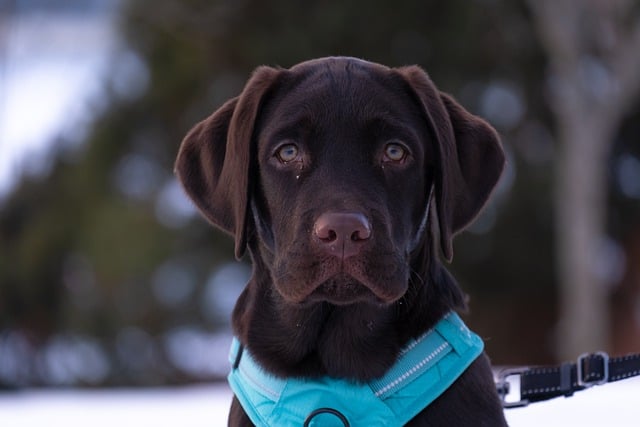
Training a dog to use a designated spot indoors isn’t as daunting as many new owners fear, but it does take consistency and an understanding of your pet’s needs.
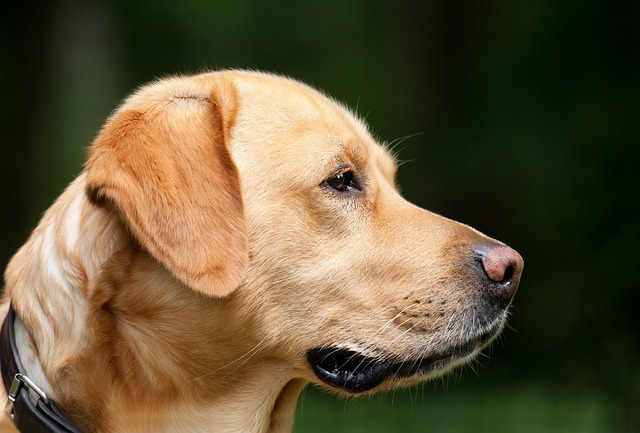
That moment of dread on a walk is all too familiar for many new dog owners. You see another dog approaching down the sidewalk of your neighborhood
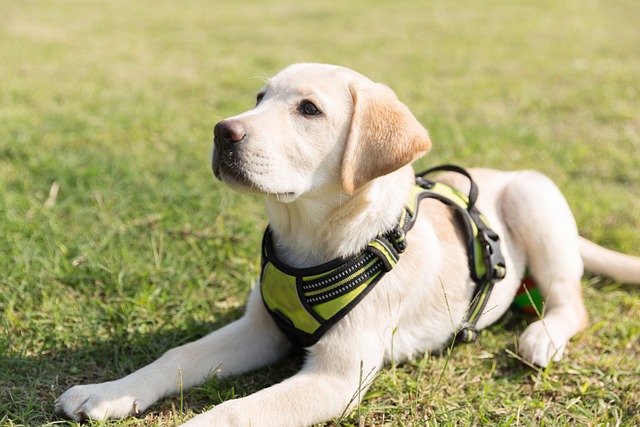
If the sight of another dog on your neighborhood walk makes your heart sink as your own dog erupts into a frenzy of barking and lunging, you're not alone.